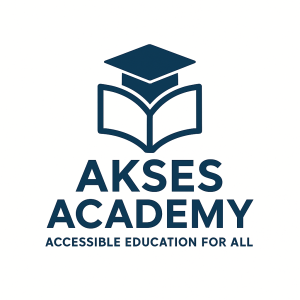✏️ Writing (DSKP 3.1.1, 3.1.2, 3.2.1, 3.2.2) — Unit 2: Let’s Play!
Objective: Assess pupils’ ability to write toy-related words and simple descriptive sentences by recognising, naming and describing toys using basic adjectives (e.g., big, small, red, long), and to construct very simple Yes/No statements about toys with correct spelling and basic sentence structure.
Activities (for PBD)
Speak the toys based on picture
Pupils look at toy pictures and say the names (e.g., ball, kite, doll, bike).
Say “Yes, it is” or “No, it isn’t” based on the picture
Pupils answer simple Yes/No questions orally, e.g., Is it a kite?
Use adjectives to describe the toys
Pupils describe toys using simple adjectives, e.g., a red ball, a long train.
Grading (auto TP from % score)
-
90–100 → TP6: Writes toy-related words and descriptive sentences accurately and independently.
-
76–90 → TP5: Completes descriptive sentences correctly with minimal support.
-
61–75 → TP4: Writes simple toy-related words and short descriptive sentences with some support.
-
41–60 → TP3: Copies or fills in familiar toy words/phrases with guidance.
-
21–40 → TP2: Writes or traces familiar toy words with support.
-
0–20 → TP1: Attempts a few letters/words with strong support.
Suggested DSKP Elements (Writing, aligned to Unit 2)
-
3.1.1 Copy familiar words in print (e.g., ball, kite, doll, bike).
-
3.1.2 Write letters and familiar high-frequency words from memory.
-
3.2.1 Complete simple sentences with familiar words using given models (e.g., It is a red ball. / Yes, it is.).
-
3.2.2 Use basic adjectives and very simple punctuation with support (e.g., capital letters, full stops, colours, size words).
